National Women in Science and Engineering Day
At the WI, we support and empower women to learn new skills and achieve their goals, whilst also making a difference in society.
As part of the WISE (Women into Science and Engineering) campaign to launch National Women in Science and Engineering Day (17 January), we reached out to our WI movement to hear more about their experiences in working in the field of STEM (Science, Technology, Engineering and Mathematics). We are pleased and proud of the responses we received that we had to share them. We also asked these women to share their advice to encourage more women into STEM fields.
Diane Barnard
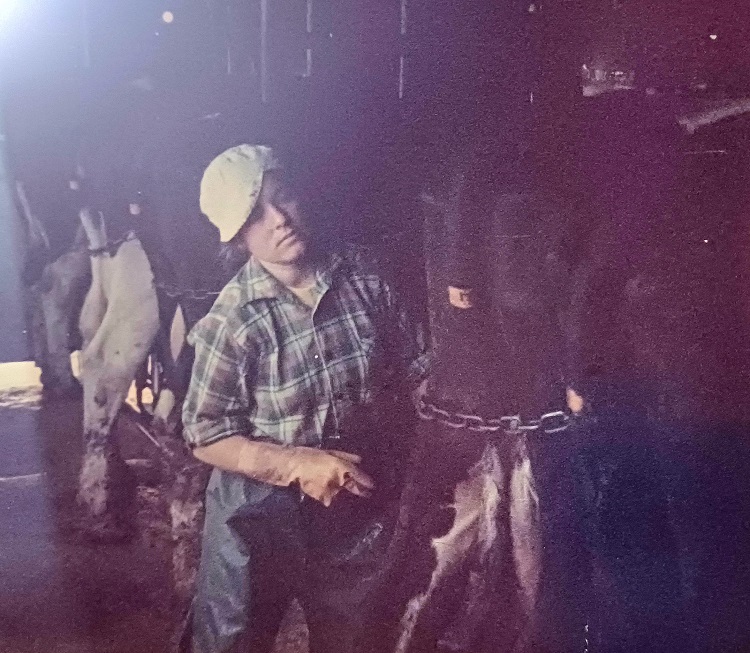
Diane studied Agriculture in the 1970s. In her all-girls grammar school, only 7 of them did three sciences and in university, the ratio was 9:1. They did do some courses with Horticulture students where there was a better balance. Diane went into studying and working in agriculture after being prompted by a career guidance officer because she wasn’t going to get the grades needed for vet school. She became interested in sciences in primary school when they had a fantastic (male) teacher who made it fun – and a bookshelf of biographies of famous scientists and their discoveries and inventions. She had a variety of jobs due to travelling and for other reasons. One job was doing field trials with what was the Ministry of Agriculture, and Diane’s boss had said to her that he preferred to take on women because they were more concerned about accuracy.
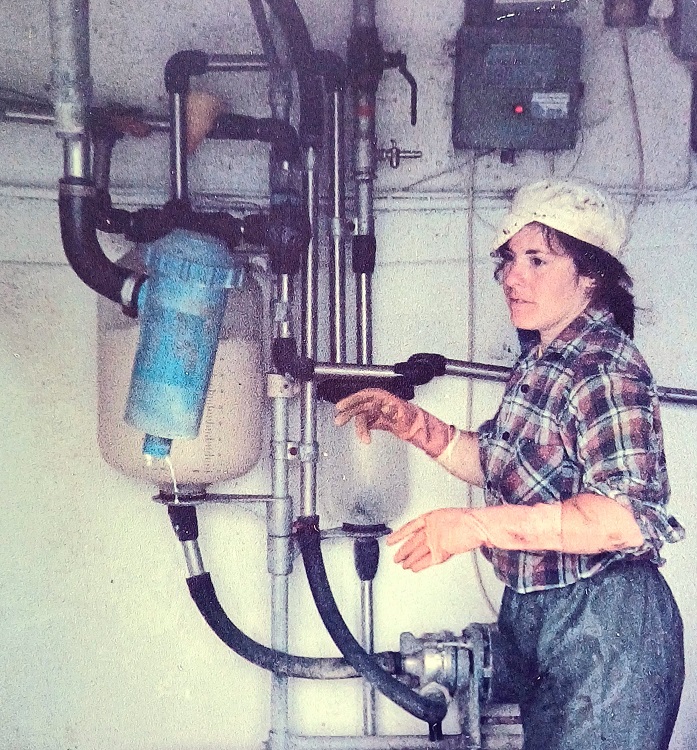
1. What would you say to young women to support and encourage them to go into STEM?
Follow your dreams and inclinations and do what you enjoy and find inspiring. STEM subjects open many doors, and your future work could change people’s lives.
2. What do you think is needed for more gender parity in STEM?
I believe that there is still a problem of perception that female brains are different from men’s. There are many more examples now in the media of women at the top of their field and this needs to become more obvious on the social media platforms that the young generation are more influenced by. Not just on Radio 4!
Katie Faers
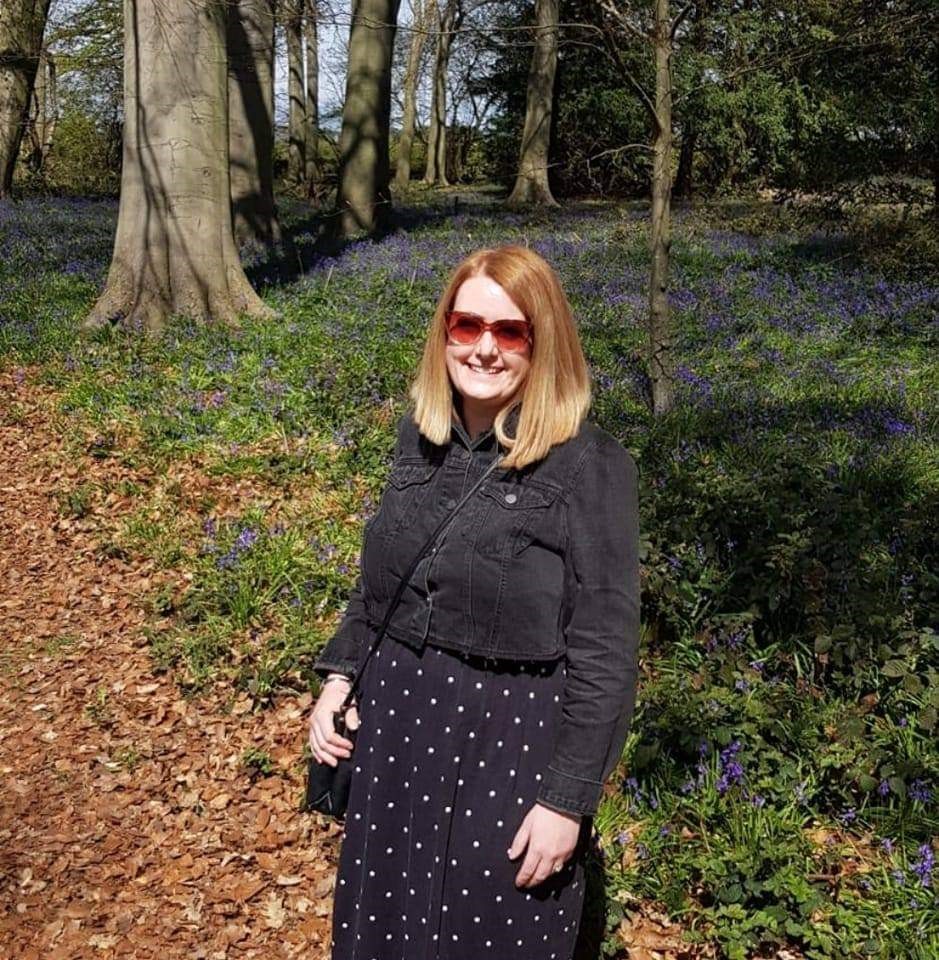
Katie has been a member of Hucknall WI since 2019. She is a Fingerprint Identification Expert with Derbyshire Police. She started with Essex in 2006 and relocated to the Midlands in 2018. From her experience, Forensics (within the police) is unique in terms of gender equality. In both forces she has worked within, it has generally been a 50/50 split of male and female employees and she has actually always had female bosses. As a 40 year old she feels quite lucky to have never experienced any real barriers to being able to get a job she wanted in the field she was interested in. She did go to university and has a degree in Forensic Science and Criminology.
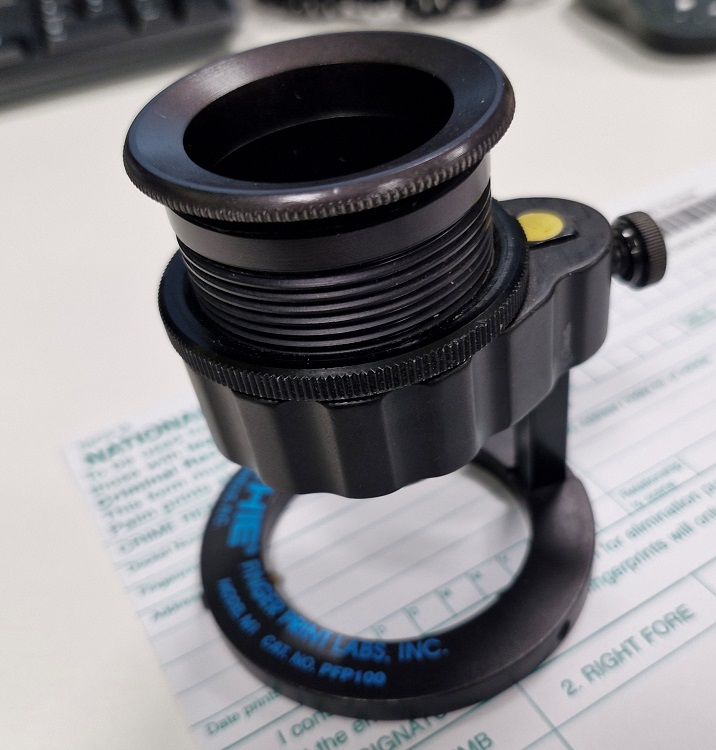
However, the last decade of police cuts has made it increasingly difficult for younger people to get into this specialism when such courses are more and more popular. Collaboration between police forces for forensic services has also reduced staffing numbers significantly with no national college training school for forensic practitioners (as it was closed a while ago). This makes it difficult to train any new staff that actually may be recruited so it all has to be done in-house now.
1. What would you say to young women to support and encourage them to go into STEM?
We need you! Don't be put off by stereotypes and perceptions. Having an interest in STEM subjects is a great starting point so that really needs to be nurtured and encouraged from a young age. We need more female STEM practitioners not only to reflect our society but also to help push for research for the female agenda. There are so many issues that affect women, and that have been overlooked previously (crash test dummies, vehicle design, women's health issues including menopause...etc.) so we need more women in these fields to advocate for the needs of women.
2. What do you think is needed for more gender parity in STEM?
Greater visibility of the existing diversity in STEM roles and promotion of role models. Unfortunately, the image most people have in their head of a scientist/ mathematician/ technologist is probably an older (possibly caucasian) male and we need to challenge that. This is why days like this are a great way to spread the message and highlight women in the workplace with STEM-based occupations. When 'The X Files' first started in the 1990s the character Dana Scully played by Gillian Anderson kick-started what has been coined the 'Scully effect' where a whole generation of women were inspired to pursue scientific careers and that's the kind of thing we need to keep building on. Inspiring Women, inspiring Women.
Biddy Lall MBE
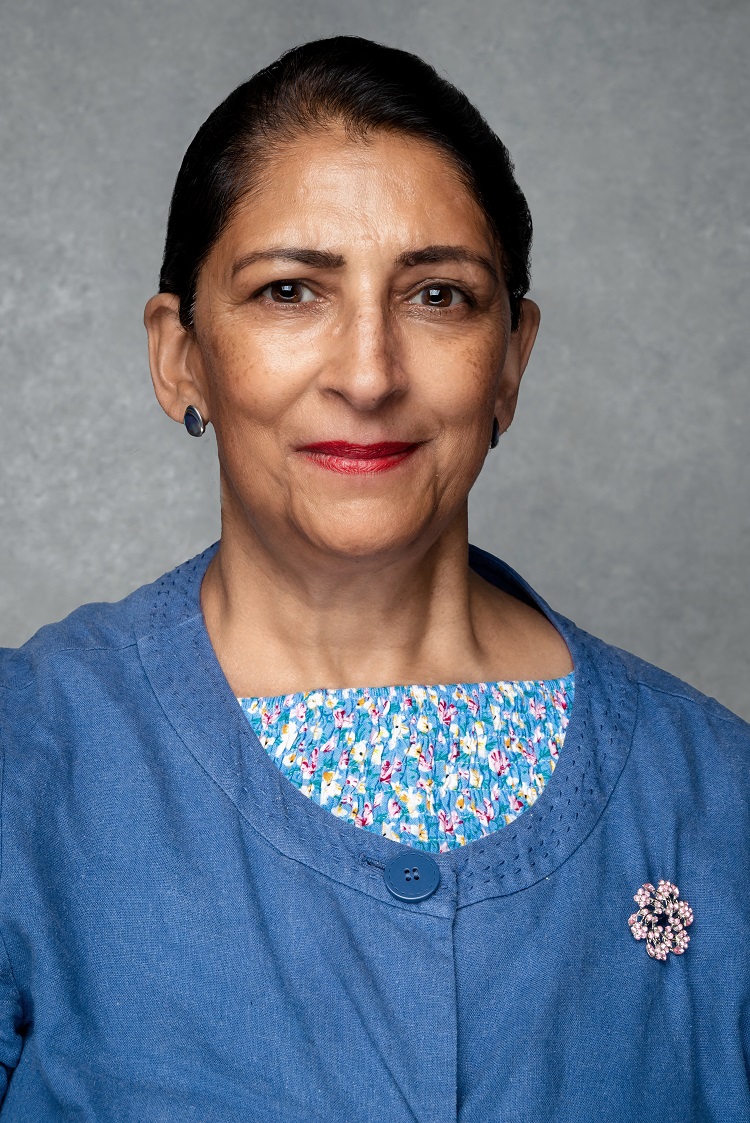
Biddy Lall is a member of West Ealing WI. After leaving college, Biddy started her career in Research and Development with Glaxo in Brentford. The company supporter a day release training programme, TECH Science in today’s terms an apprenticeship. She attended college one day per week and 4 days at work applying and developing skills in research and development supporting research projects for improving toothpaste formula. It was great fun working in the lab and gaining insight into a wide range of interconnected activities. In the second year, she gained experience in quality control product manufacturing. The diversity of experiments, innovation and working with people from different backgrounds, culture, education set my foundation of transferable skills, as her career pathway zig-zagged from science to financial services and now Vocational and Apprenticeship training, researching, designing developing quality curriculum for apprenticeship programmes ranging from levels 3-7.
She was recognised and awarded an MBE for Services to Apprenticeships and Vocational Training.
1. What would you say to young women to support and encourage them to go into STEM?
Going into STEM enhances our view of the world and challenges us to see things differently and move our thinking towards "Thinking in CIrcles", moving away from the traditional linear thinking. Drive your curiosity about how things work, opening up a world of possibilities and making connections.
2. What do you think is needed for more gender parity in STEM?
I think to increase gender parity, we need a multi-faceted approach that would tackle bias, raise awareness of unconscious bias, lift social and practical barriers. Continue with campaigns, education at an early intervention, promote mentorship and support programmes, use a range of communication channels and latest social media approaches to raise awareness. Work with organisations such as the Operational Research Society and others to ensure inclusive and diverse training.
Gillian Harrison and her granddaughter Isobelle
Gillian shared with us the success of her granddaughter Isobelle of whom she is very proud.
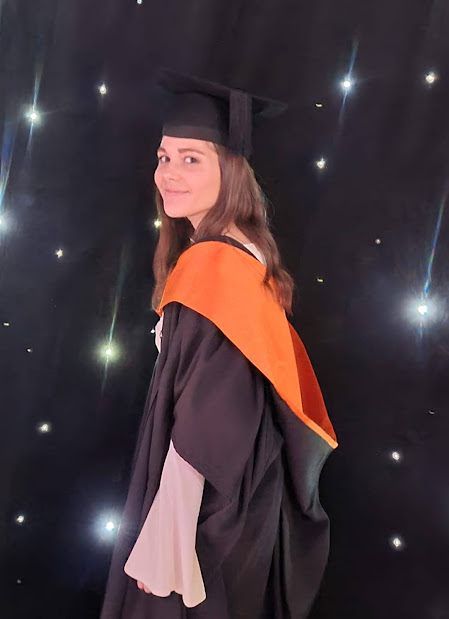
When Isobelle completed her A levels, she realised that to be considered for a particular university course she would need to show competence in physics, a subject she had not studied at A Level. She therefore found a foundation course to obtain the necessary physics qualification and then commenced her degree course in Aerospace Engineering. She completed this despite the disruption of Covid and then went on to do a masters in Bio Medical Engineering, graduating with a distinction. She is now a Project Manager and, as Gillian understands, well thought of in her professional career.
Gillian added that Isobelle is a well-balanced individual enjoying a good social life, travel and music. Young women often feel engineering/maths are too male-orientated, with the right attitude Isobelle has demonstrated there is no reason why they should not rise to the top.
Isobelle was asked the questions:
1. What would you say to young women to support and encourage them to go into STEM?
There are so many possibilities out there if you go into STEM, I didn’t even find out about Project Management until my final year at university. There are a lot of interesting people to learn from in the industry as well! It’s an ever-growing and exciting industry to be a part of right now, particularly with a huge focus on sustainability and focusing on your future.
2. What do you think is needed for more gender parity in STEM?
Sharing of female role models in senior positions to show the opportunities possible. Removing the stereotypes that come with STEM and associated careers, sharing the wider range of roles out there, using case studies of varied genders fulfilling these roles. Sharing the benefits of having a balance of both genders.
Jeanette Hunter
Jeanette Hunter is a Chartered Civil Engineer. She adds that if it hadn’t been for Women in Science and Engineering (WISE) Year in 1984, she would not have applied to university to study Civil Engineering and follow a career in Engineering.
1. What would you say to young women to support and encourage them to go into STEM?
I highly recommend a career in a STEM subject as it will be interesting, fulfilling and fun.
2. What do you think is needed for more gender parity in STEM?
We are finding that our early careers staff are equally split between men and women. But as has been the case my whole career it is difficult to retain experienced women engineers especially those returning to work after career breaks. Ensuring policies are in place to allow Flexible Working is vital for enabling women to work around caring responsibilities. Ramboll launched a Return to Work Programme on International Women’s Day in 2022 which aims to overcome bias around career breaks and help drive better gender representation.
Frances Irving
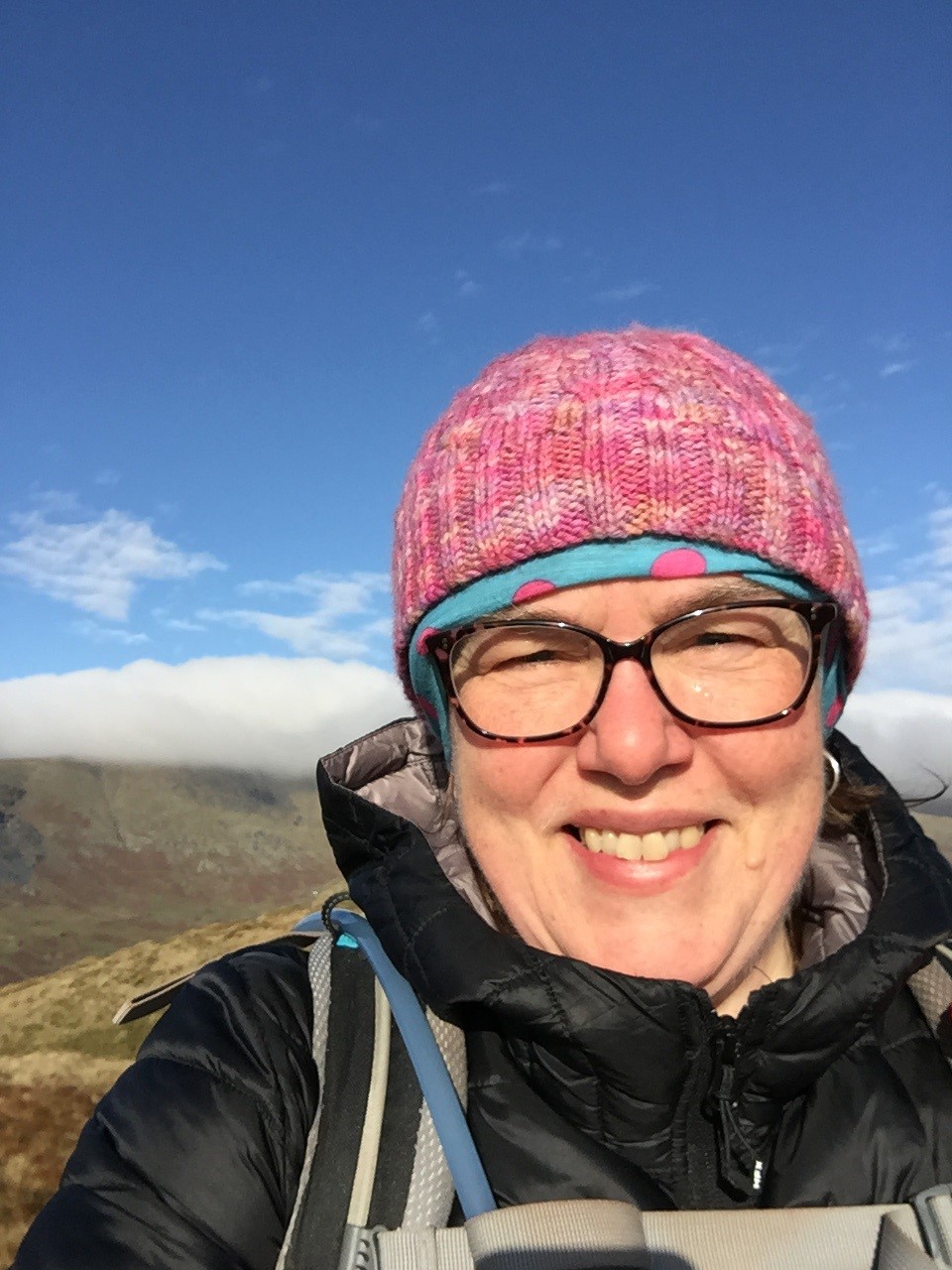
Frances participated in a women in science and engineering event at Imperial College when she was 17. She then went on to study Chemical Engineering at UMIST graduating in 1986. Her first job was in the nuclear industry, then she moved into manufacturing. She was the first woman engineer the company had employed. She had various roles including commission engineer and then plant manager. From there she moved into supply chain management and latterly looked after a project to put in a computer-based manufacturing system before she retired. She has no regrets about her choice of career and the opportunities it gave her. She studied Maths, Physics and Chemistry and Home Economics fashion and fabrics at A Level. She adds that Engineering and Science education offers so many career paths. Distillation is very much a chemical engineering unit process! Frances had a go at making some gin.
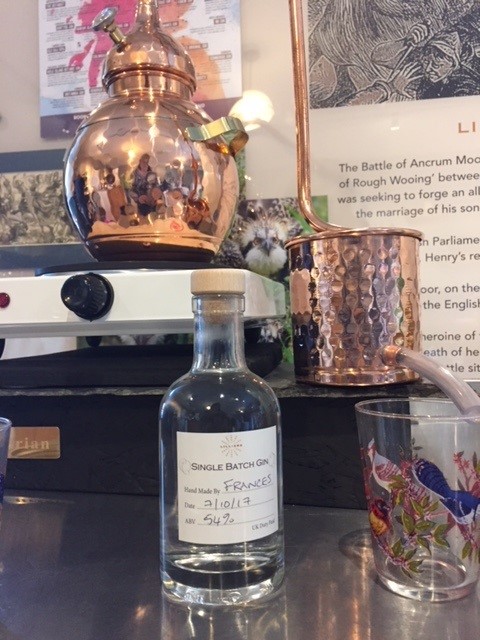
In her spare time, Frances enjoys the fells in the Lake District. She is a member of Lamplugh WI and a dual member of Grasmere WI. She is also a NFWI craft judge.
1. What would you say to young women to support and encourage them to go into STEM?
If you have a curious mind and enjoy maths and science then there are so many opportunities to use those skills, and until you take a step in that direction it is hard to fully understand just what the opportunities are unless you have family working in science and engineering careers. Having studied and worked in engineering roles I moved into the supply chain, and it wasn’t until I worked with people who didn’t have that background that I appreciated (and was told) that I approached problems and work in general in a different way. Also, I believe that women approach things differently from men, and that mindset is required to help solve all sorts of problems. Questioning and collaborative work in teams with people of different backgrounds is the best way to tackle all sorts of issues.
2. What do you think is needed for more gender parity in STEM?
Sad that over 40 years after I went to university this is still an issue. I very much believe in the best person for the job, and not in positive discrimination as that can do more harm than good. In my career, I employed or was involved in the hire of several engineers, women and men. Don’t let people put you off your career choice and do a good job, actions and performance will win through.
Chris Swift
Christ Swift is a School Biology Technician. She started in central testing laboratories for the Milk Marketing Board, followed by Mycology and Microbiology Laboratories at Leeds General Infirmary, followed by Biology technician at a local secondary school. So as a Scientist I have tested, milk, skin scrapings, toe and fingernail clippings, urine, feces, bloods for numerous tests, swabs from every place on the human body and every kind of human fluid. She added it always makes for good conversation over a dinner table. Her newish role as a Biology Science technician has given her hours of fun creating urine and helping the teacher simulate faeces and loads of other practicals to try and install a love of science within the student. Eye dissections enabled her to ‘play’ with the only part of a body that she had not touched within the hospital. The micro lab received and tested contact lenses, but never eyes. They do a STEM club once a week at lunchtime, giving the student a practical that isn’t on the national curriculum, or just one that they want to do, possibly having as much fun, if not more than the student. She adds that maths is a massive part of all 3 sciences as the poor students discover in every test going.
1. What would you say to young women to support and encourage them to go into STEM?
I do my best every time I have something to do with a student at school be they female or male.
2. What do you think is needed for more gender parity in STEM?
Gender parity in STEM is a tough one, the jobs she’s had have always been equal with a good mixture of male and female managers.
